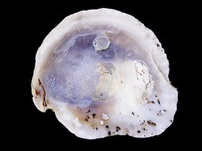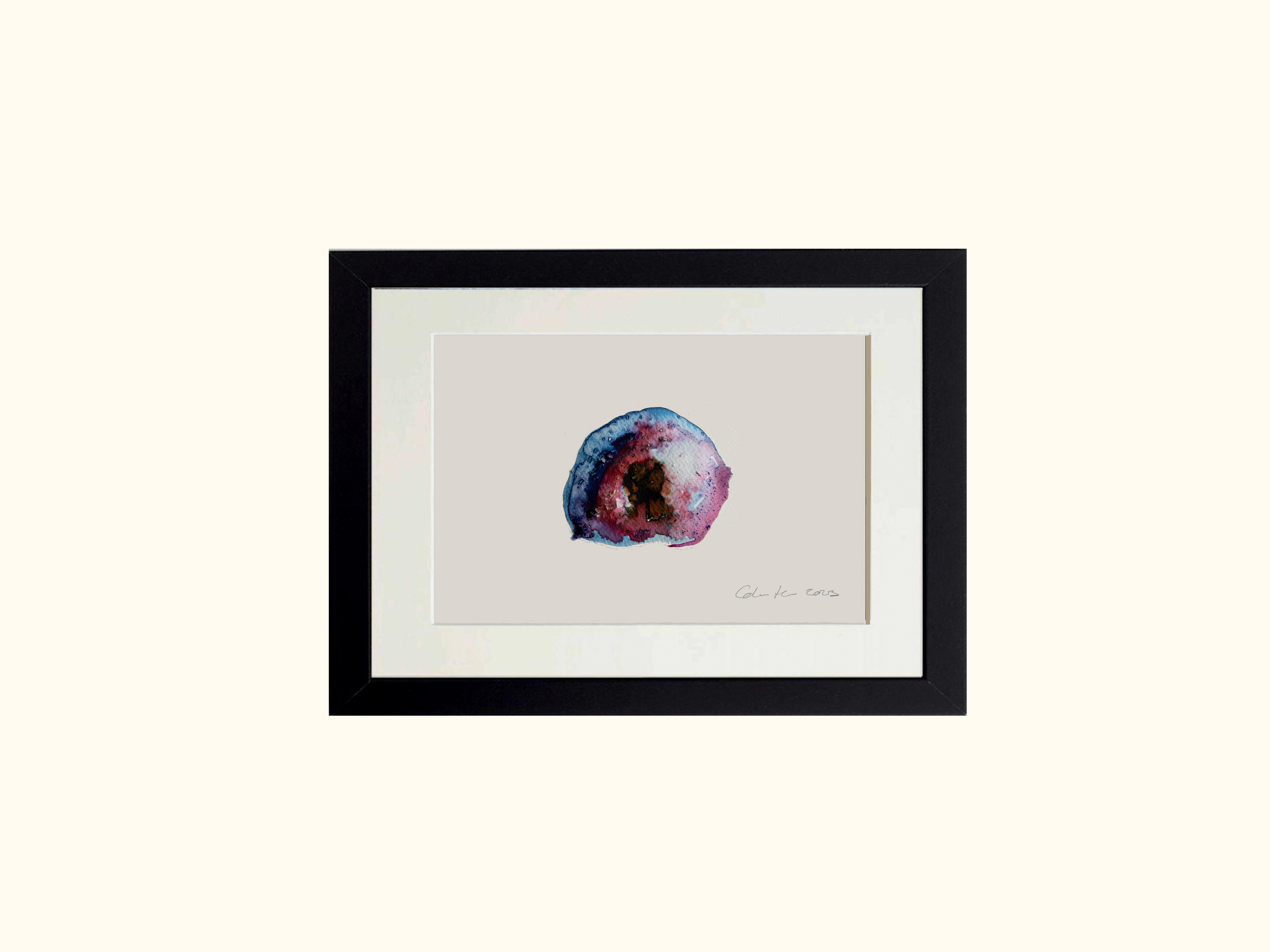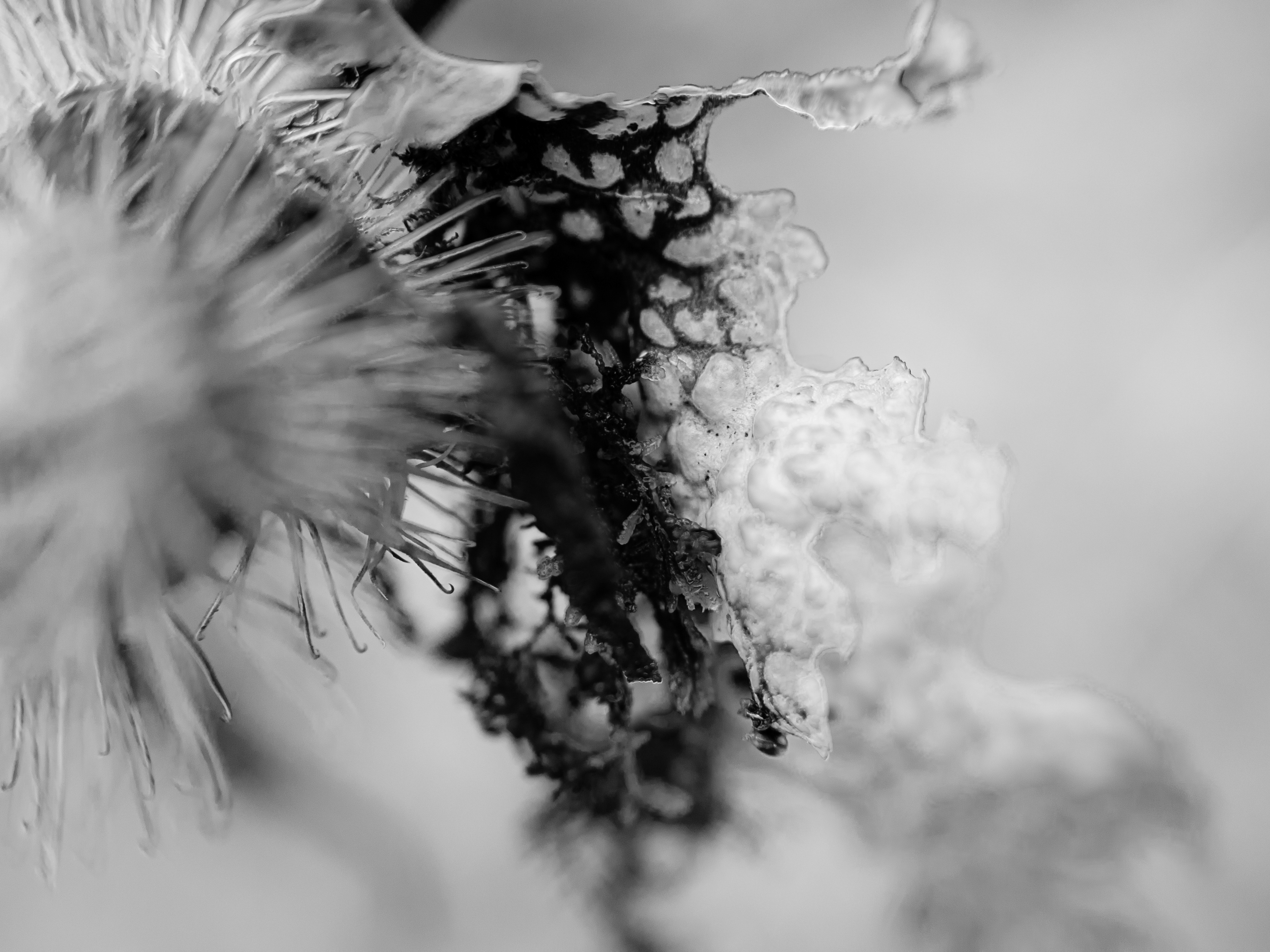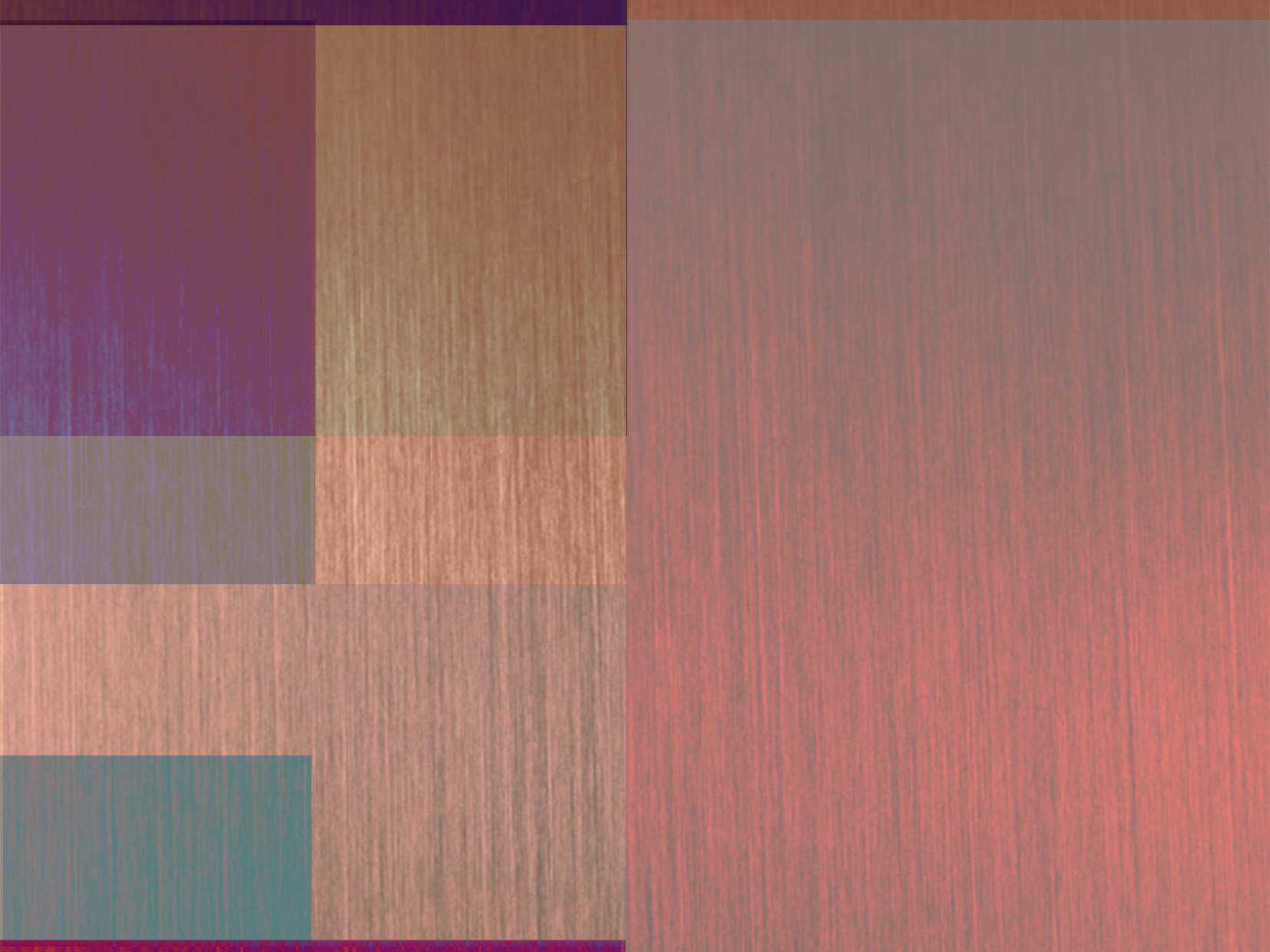I studied Fine Art among the lush embrace of the sub-tropical gardens of Falmouth School of Art, dedicating my focus to printmaking with a specialization in photopolymers. Embarking on an entrepreneurial journey, I established my own print and design enterprise in 1997 with much needed and valued support from the Prince's Scottish Youth Business Trust and Highlands and Islands Enterprise. My projects have spanned the spectrum from promotional printing to the artful domain of package design. I am excited to have exhibited and sold art and design work across the globe. I have worked for the past 14 years in the arts sector for one of the busiest and successful arts organisations in Scotland An Tobar and Mull Theatre, as the Marketing Manager.
My arts practice delves into the nuanced exploration of luminosity, metallic constituents, and ephemerality within the realm of expression. Employing a sophisticated amalgamation of stratification, photographic technique, and the application of industrial paints upon randomised and sytematically treated metallic surfaces, my work predominantly manifests through the magnificent medium of printmaking, utilizing solarplates, copper, and zinc plates. My investigation is steeped in the profound aesthetic tenets intrinsic to the Japanese philosophy of impermanence, and it is distinguished by the integration of avant-garde industrial and naturally randomized methodologies. This results in compositions that harmoniously synthesize traditional printmaking and painting techniques alongside modern industrial processes.
I have exhibited in the Royal Scottish Academy with the Society of Scottish Artists and I've sold design work in the National Portrait Gallery (they were greetings cards, I'm very proud!), I have also taught etching and screen printing workshops.
My statement for my first solo show, in the Eagle Feet Gallery. Calum Hall - No. 29.
This series of prints and paintings are about the materials Calum has used throughout his working life. When he studied printmaking at Falmouth, he used copper plates to make intaglio prints. The prints focused on landscape, coast and the sea. Three themes continue to influence his artistic career.
A strong inspiration is derived from the world of electronics, this fascination began with his father’s engineering background and business. Copper (Atomic Number 29) is an excellent electrical conductor whose name is derived from the Roman 'ore from Cyprus', aes cyprium, later modified to 'cuprum'. The Egyptians used The Ankhe symbol (a cross with looped top) to signify copper, which also represents eternal life.
The eighth most abundant metal on earth, copper was forged in supergiant stars that exploded as supernovae. The first metal used in any major quantity in human history, the Bronze Age is named after a copper alloy, its success is due to its resistance to corrode and easy formation into utensils and jewellery. The invention of the printing press in the 15th century by Gutenberg vastly increased the demand for copper because of the ease with which the metal could be engraved or etched.
The compositions in this body of work are inspired by maritime communications. Nautical flags were originally used in ancient military encounters and by 1653 the Royal Navy issued instructions by signalling with flags, modern naval code signalling began with the invention of maritime signal flags in the mid-17th century by the Duke of York. Numerous signal books were published after these systems, culminating in the International Code of Signals, which has gone through a few revisions but still proves useful as most navies still use the ICS flags for representing letters.
Each print on copper alloy are ICS flag standard forms but multilayered, like photographic film. Creating compositions from randomised sources like current news headlines, but inspired by design elements and movements of the twentieth century such as Plasticism and Dada, and the Bauhaus school. Influences are Anni Albers, Mondrian, Schwitters and designer Peter Saville. The copper prints are mostly in the standard size of vinyl or disc sleeves and use industrial printing techniques for printing direct onto copper alloys.
The copper paintings are about process, the manipulation of paint over time creating randomised patterns and flows over the metal surface. A playful process that creates irregular patterns about impermanence.
Two copper pieces were exhibited in the open exhibition YELLOW, in An Tobar Gallery from 2 Nov - 21 Dec 2019.
In 2019, the copper series was exhibited in the Eagle Feet Gallery. The exhibition was called No.29 and had over 2,000 visitors with 8 sales.
Two compositions from the copper print series were selected for the 121st Society of Scottish Artists exhibition at the Royal Scottish Academy in 2018-19.
A copper piece Copper Coloured Lockdown was selected for the 130th Society of Scottish Artists exhibition at the Royal Scottish Academy 2022-23.
A shell watercolour study has been selected for the Highland Games Art Prize 2023.
The Society of Scottish Artists 130th Annual Exhibition at the Royal Scottish Academy, Edinburgh.





